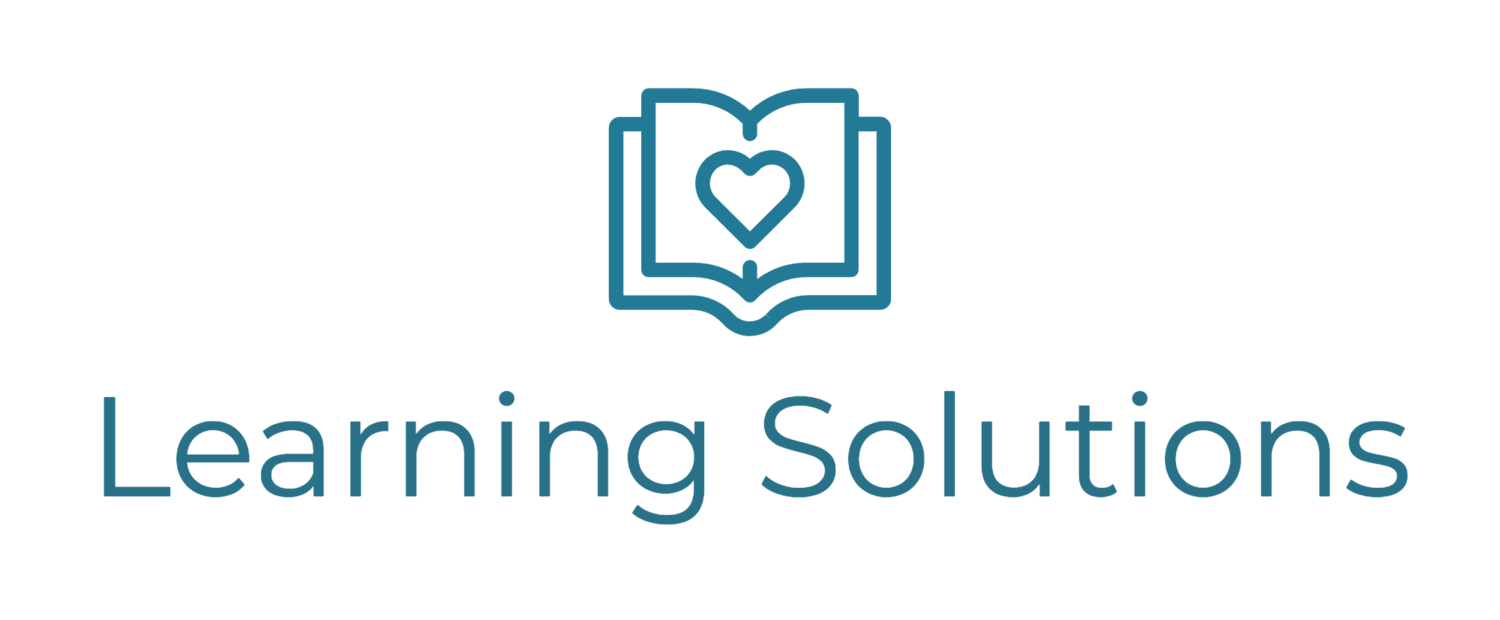Common Traits and Behaviors of Dyslexics:
Has a high IQ, yet does not score high on school tests
Feels dumb; has poor self-esteem; hides or covers up weaknesses with coping mechanisms
Easily frustrated and emotional about school, reading or testing
Seems to “zone out” or daydream often; gets lost easily or loses track of time
Learns best through hands-on experiences, demonstrations, experimentation, observation, and visual aids.
Complains of dizziness, nausea, headaches or stomachaches while reading or studying
Reads or writes with additions, omissions, substitutions, repetition, reversals or transpositions of letters, numbers or words
Complains of feeling or seeing nonexistent movement while reading, writing or copying
Difficulty putting thoughts into words, speaks in halting phrases; leaves sentences incomplete, stutters under stress
Mispronounces long words; transposes phrases, words, and syllables when speaking
Clumsy, uncoordinated to poor at ball or team sports; difficulty with motor skills and tasks; motion sickness
Often confuses left/right and over/under
Has difficulty telling or managing time, being on time or learning sequenced information or tasks
Can do arithmetic, but fails word problems; cannot grasp algebra or higher math
If there is a serious problem with a few of these, dyslexia may be the cause. Many dyslexics excel in areas such as art, math, music, drama, design, public speaking, business, and sports, while being deficient in others.
Common Coping mechanisms
Sounding out each letter of every word
Rote memorization
Extreme concentration
Avoidance of studies or tasks
Dependence on others
Physical or emotional agitation
Extreme shyness or being the class clown
Singing the alphabet song
Unusual body postures or motions
These are attempts to overcome frustration and despair. When these coping mechanisms begin to appear, they indicate that the child is already struggling. The ideal time for a remedial program is before these behaviors become lifelong patterns. But it is never too late. Dyslexics of all ages – from 7 to 70 -- have been able to fill in the gaps with the Davis Dyslexia Correction® Program methods and solve their learning problems once and for all.
